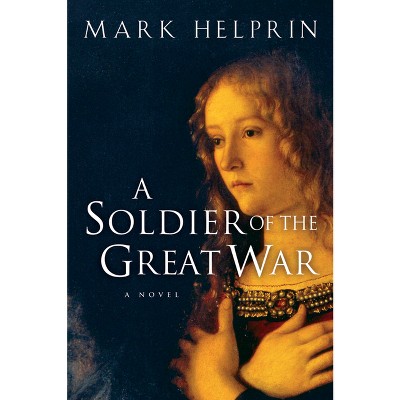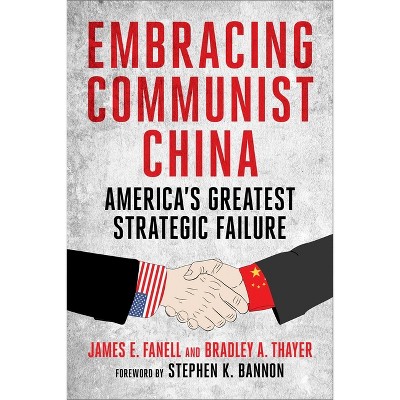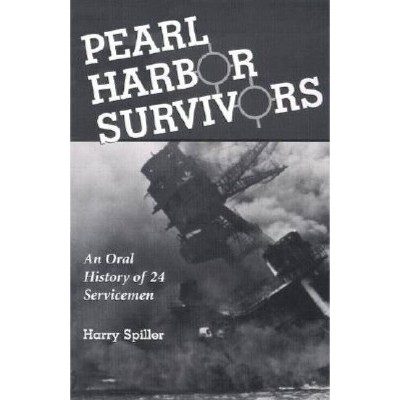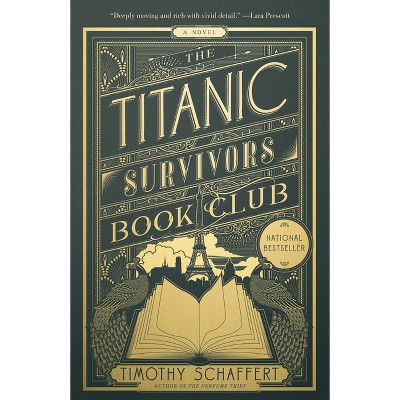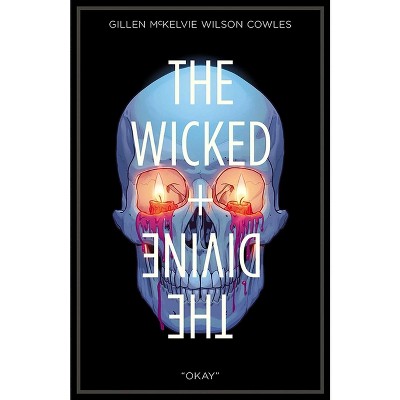Sponsored

Merchant Marine Survivors of World War II - by Michael Gillen (Paperback)
In Stock
Sponsored
About this item
Highlights
- World War II could not have been won without the U.S. Merchant Marine.
- About the Author: A former merchant seaman, Michael Gillen (Ph.D., Public History, New York University) was later a maritime labor reporter, an historic site curator and a program director and professor of Asian history at Pace University in New York.
- 216 Pages
- History, Military
Description
About the Book
"The 20 World War II Merchant Marine veterans featured in this oral history served in all theaters of war. Most had at least one ship torpedoed, bombed, shelled or mined out from under them. Some became prisoners of the Japanese for the duration of the war. Many spent time on lifeboats or flimsy rafts under harsh conditions"--Book Synopsis
World War II could not have been won without the U.S. Merchant Marine. Crewed by civilian seamen in peacetime and carrying much of the nation's ocean-borne commerce, the Merchant Marine became the "fourth arm of defense" in wartime, providing vital support for beachheads in all theaters of operation.
Twenty World War II Merchant Marine veterans are featured in this oral history. Most had at least one ship torpedoed, bombed, shelled or mined out from under them--some of them two. Some became prisoners of the Japanese for the duration of the war, working on the infamous River Kwai Bridge. Many spent time on lifeboats or flimsy rafts under harsh conditions; one--Donald Zubrod--endured 42 days in a lifeboat with several others before their eventual rescue, close to death.
American merchant mariners suffered a casualty rate that was a close second to the Marine Corps during the war.
Review Quotes
"an invaluable work"-H-Net Reviews
"the transcriptions are gripping in their details of the perils faced by mariners...an enjoyable read"-Military Review
"Gillen deserves a large amount of praise for his skill as an interviewer"-The Northern Mariner.
About the Author
A former merchant seaman, Michael Gillen (Ph.D., Public History, New York University) was later a maritime labor reporter, an historic site curator and a program director and professor of Asian history at Pace University in New York. He also served as director of the project that preserved the Liberty Ship John W. Brown as an operational World War II ship museum in Baltimore. He lives in Lafayette Hill, Pennsylvania.